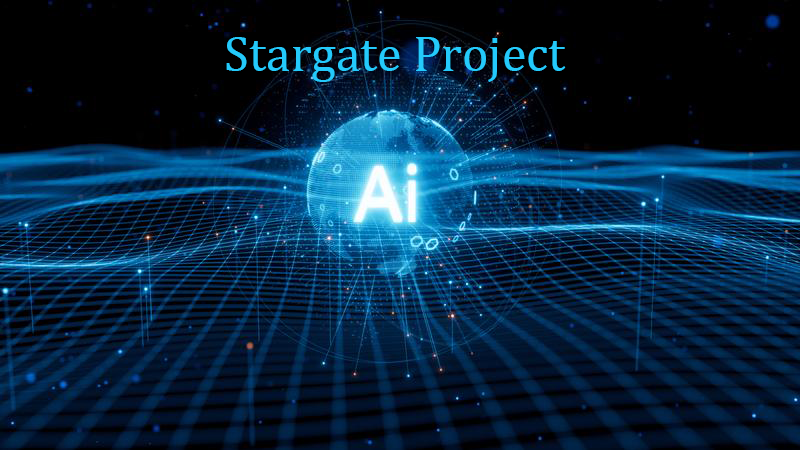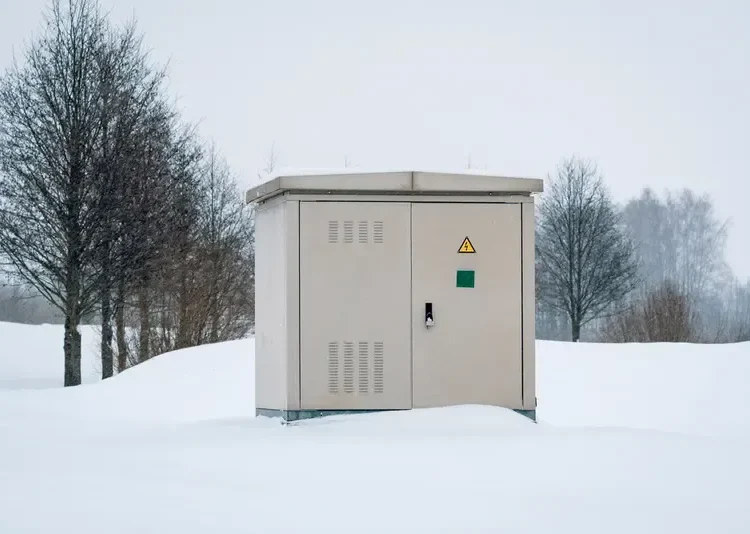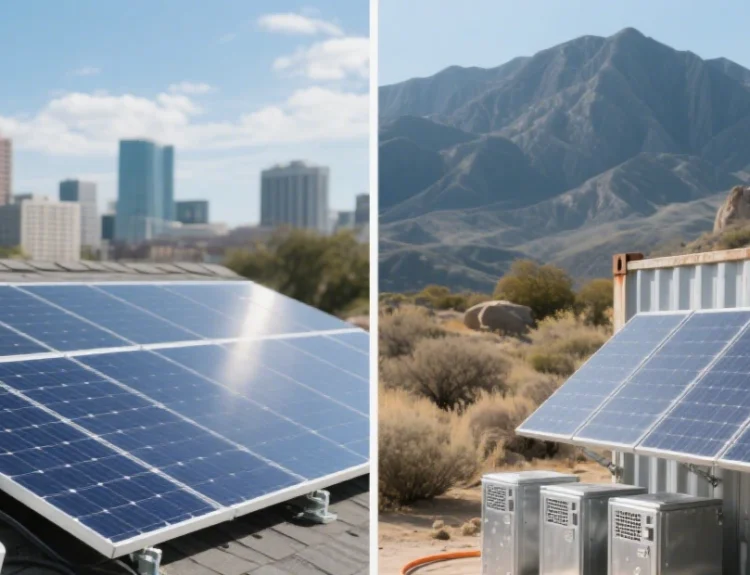The 100 billion dollar investment by OpenAI, Oracle, and SoftBank Group in the Stargate project means business for the AI world as it designs data centers to meet the future demands of artificial intelligence. To fuel these data centres, along with decreasing energy use, the project plans to use renewable energy like solar power. It may also be powered by batteries. Solar energy may be the main feed in the first phase of operations for the data centers.
Increasing Energy Demands for Data Centers
Cloud computing and AI technologies keep on expanding, while power consumption in data centers does too. According to the US Department of Energy, data centers will consume about 12% of all US electricity in 2028, from 4.4% usage in 2023-an increase from this year in less than six years. That rise is just unprecedented. This trend brings a tough challenge because over half of the new data centers that may be constructed until 2027 could run out of power.
The Allure of Nuclear Power
As data centers continue to suck up more and more energy, nuclear power has emerged as a budding source of energy for the industry. Companies such as Google and Microsoft have signed deals with nuclear startups Kairos and Oklo, respectively, to supply as much power as possible to their facilities. Despite this growing interest, nuclear has been plagued by cost overruns and delays. The first commercial nuclear reactors are not going to go online before the year 2030, so a shortfall would be felt in the near-term energy supply. Confronted with this challenge, modular nuclear power systems have been designed trying to quickly facilitate both the approval and construction process.
Solar and Wind Energy as a Viable Alternative
While nuclear power projects are considerably delayed, solar and wind energy projects can be developed much faster. According to studies that focused on long-term power projects, it has been noted that the completion of a solar or wind farm requires roughly half the amount of time that a nuclear or natural gas plant requires for its construction. Indeed, more recent estimates say that an average solar plant could be built in 18 months. Furthermore, the intrinsic modularity of solar power means that energy production can start well before the full construction of a facility is completed-a very good scenario for situations characterized by urgent energy demands.
Stargate’s Focus on Solar Power
Given the urgency for powering its data centers, Stargate is going to focus most of its priorities on solar energy in providing the main source of power for its first set of facilities. Whereas the project also integrates other renewable energy options, solar’s quick deployment time and increasing affordability make it ideal for catering to the energy needs of data centers powered by AI. The one major barrier toward any solar installation is permitting and grid connection procedures, which may be long and drag along. However, most data centers have the flexibility to source electricity directly from energy facilities, bypassing the need for a full grid connection.
With the high demand for energy in the AI sector and the timeline constraints of the Stargate project, the permitting process may be expedited, probably accelerating the integration of solar power as the leading energy source.
In all, the Stargate project represents a bold step in the direction of combining AI advancement with sustainable energy solutions. As data centers continue to expand to meet the needs of the AI industry, renewable energy sources, such as solar power, may play a critical role in addressing the growing energy demands while mitigating environmental impact.



